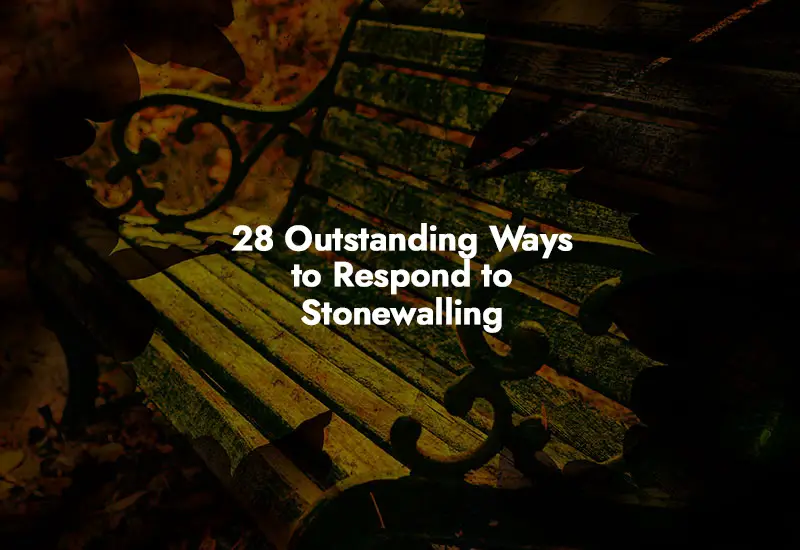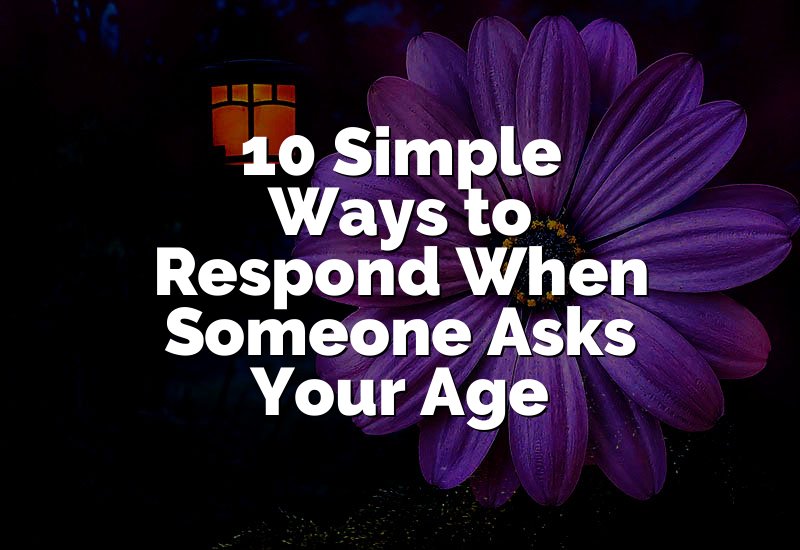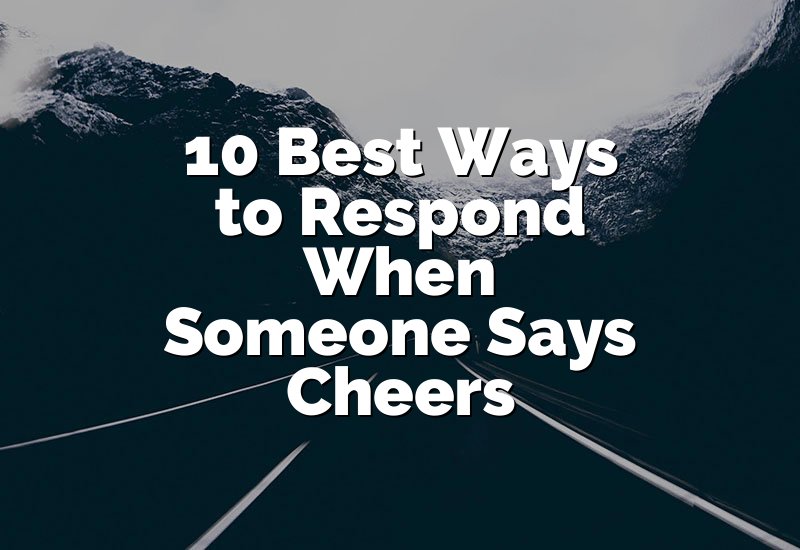Stonewalling is a challenging communication barrier when one person shuts down and withholds their thoughts and emotions, impeding resolution or understanding in a conversation. When faced with stonewalling, remain calm and express your feelings and needs openly and assertively.
It is vital to navigate stonewalling effectively to maintain healthy relationships and resolve conflicts. We will explore effective strategies and techniques to respond to stonewalling and improve communication skills. By implementing these approaches, you can foster open dialogue and find resolution even when faced with stonewalling behavior.
Mastering these techniques can lead to healthier and more constructive conversations, ultimately strengthening relationships and promoting understanding.

Understanding Stonewalling
When faced with difficult conversations or conflicts, it can be frustrating when the other person refuses to engage or shuts down completely. This behavior is referred to as stonewalling, and it can be damaging to relationships and communication.
The Definition Of Stonewalling
Stonewalling, in simple terms, is when someone actively shuts down communication and withdraws from an interaction. It is a form of defense mechanism used to avoid dealing with uncomfortable or difficult situations.
When stonewalling occurs, the person not only refuses to respond, but they may also exhibit behaviors such as ignoring, avoiding eye contact, or physically leaving the conversation.
Causes And Effects Of Stonewalling
Stonewalling can have various causes, and understanding these causes can help in addressing the issue effectively.
- Emotional Overwhelm: The person may feel overwhelmed by emotions such as anger, frustration, or sadness. Instead of expressing these emotions, they choose to shut down and avoid further conflict.
- Communication Breakdown: If there is a breakdown in communication, unresolved issues, or a lack of trust, it may lead to stonewalling. The person may feel that their voice isn’t being heard, so they choose to disengage.
- Fear of Confrontation: Some individuals avoid confrontation at all costs. They may fear that engaging in the conversation will escalate the conflict or damage the relationship further.
It is important to recognize the effects of stonewalling, as they can significantly impact relationships and undermine effective communication. Some of the effects include:
- Increased Tension: Stonewalling creates a tension-filled environment, where one person’s refusal to engage can frustrate the other person and escalate the conflict.
- Lack of Resolution: Communication breakdown due to stonewalling prevents the resolution of underlying issues. Without open dialogue, problems remain unresolved and can create long-term damage to the relationship.
- Emotional Distance: Stonewalling erodes trust and intimacy. The person who is stonewalled may feel unsupported, unimportant, or rejected, leading to emotional distance between both parties.
28 Ways to Respond to Stonewalling
Recognizing The Signs Of Stonewalling
Recognizing the Signs of Stonewalling can be challenging, but understanding how to respond is crucial. By staying calm, empathetic, and assertive, you can encourage open communication and break through the barriers created by stonewalling in relationships.
Emotional And Physical Cues Of Stonewalling
Stonewalling is characterized by emotional and physical cues that can indicate a lack of willingness to engage in open and honest communication.
Some emotional cues to watch out for include a sudden change in demeanor, distant or glazed-over eyes, abrupt silence, or displaying defensive body language such as crossed arms or turning away.
On a physical level, stonewalling can manifest as an increased heart rate, sweating, and even instances of physical withdrawal, such as leaving the room or walking away.
When dealing with stonewalling, it is essential to pay attention to these cues as they provide valuable insights into the other person’s emotional state and level of willingness to participate in the conversation. Recognizing these signs allows you to adapt your approach and find alternative ways to encourage meaningful dialogue.
Common Behaviors Associated With Stonewalling
To effectively address stonewalling, it is important to understand the common behaviors associated with this communication blockage.
One such behavior is giving the silent treatment, where a person completely shuts down and refuses to engage or respond to any stimuli. This can create a barrier to resolving conflicts and can lead to feelings of frustration and helplessness.
Another behavior often seen in stonewalling is minimizing or trivializing the significance of the issue at hand. By downplaying the importance of the discussion, the person stonewalling avoids taking responsibility or acknowledging the impact their actions may have on the relationship.
Additionally, stonewalling can involve deflecting blame onto the other person, making excuses, or even walking away from the conversation altogether. These behaviors hinder open and honest communication, preventing the resolution of conflicts and the mutual understanding necessary for healthy relationships.
Expert Strategies To Disarm Stonewalling
Creating A Safe And Supportive Environment
When faced with stonewalling, it is important to establish a safe and supportive environment where open communication can flourish. To achieve this, it is crucial to:
- Ensure both parties feel comfortable and respected.
- Acknowledge any distress or discomfort that may be present.
- Reassure the stonewalling individual that their feelings and perspective are valid.
- Avoid confrontational or aggressive behavior that may trigger defensiveness.
By creating a safe and supportive environment, you lay the foundation for productive communication and encourage the stonewalling individual to open up.
Active Listening And Open-ended Questions
Active listening plays a crucial role in disarming stonewalling since it demonstrates genuine interest in understanding the other person’s thoughts and feelings. When practicing active listening, consider:
- Maintaining eye contact and providing undivided attention to the speaker.
- Avoid interrupting or planning your response while the other person is talking.
- Using open-ended questions to encourage the stonewalling person to share more.
- Paraphrasing and summarizing their statements to show comprehension and engagement.
Using active listening techniques can create a positive and receptive atmosphere, increasing the likelihood of breaking through the stonewalling barrier and facilitating meaningful dialogue.
Empathy And Validation
Empathy and validation are essential when trying to disarm stonewalling. By validating the stonewalling individual’s emotions and demonstrating empathy, you can foster connection and understanding. Consider the following tips:
- Show empathy by acknowledging and appreciating their perspective without judgment.
- Validate their emotions by acknowledging the validity of their feelings, even if you don’t agree with their point of view.
- Avoid trivializing or dismissing their concerns and emotions.
When empathy and validation are present, the stonewalling individual may feel valued and heard, allowing them to lower their defenses and engage in a more productive conversation.
Reestablishing Connection After Stonewalling
Discover effective strategies for reestablishing connections and overcoming stonewalling in relationships. Learn how to respond to this communication breakdown and rebuild trust with your partner.
Building Trust And Communication
Reestablishing connection after experiencing stonewalling in a relationship requires intentional effort and a focus on building trust and communication. When trust is broken, it is essential to work on rebuilding it from the ground up.
Honest and open communication is the foundation for creating stronger connections and resolving conflicts. Here are a few key steps you can take to rebuild trust and communication:
- Be willing to listen: One of the most crucial aspects of rebuilding trust is actively listening to your partner. Listening shows that you value their perspective and are willing to understand their feelings.
- Show empathy: Empathy plays a vital role in repairing damaged connections. Put yourself in your partner’s shoes and try to understand how they feel. Expressing empathy can help your partner feel heard and validated.
- Practice vulnerability: Open up to your partner about your own feelings and concerns. Sharing your vulnerabilities can create a safe space for both of you to express yourselves and reconnect emotionally.
- Establish clear boundaries: It is important to set healthy boundaries in your relationship. Communicate your needs and expectations, while also respecting your partner’s boundaries.
- Practice forgiveness: Letting go of resentments and forgiving each other is crucial for reestablishing the connection. Holding onto grudges only hinders the healing process and perpetuates distance.
Seeking Professional Help If Needed
In some cases, stonewalling may be an ongoing issue that requires professional intervention. Whether the stonewalling behavior stems from deeper emotional wounds or communication patterns that have become deeply ingrained, seeking the help of a qualified therapist can be incredibly beneficial.
A therapist will provide a neutral space for both partners to express themselves and address the underlying issues contributing to the stonewalling behavior. With the guidance of a professional, you can learn effective communication strategies, identify triggers, and work together to rebuild connections.
Remember, seeking professional help is a proactive step towards growth and healing. It demonstrates a commitment to the relationship and a willingness to learn and change.
The Bottom Line
In sum, when faced with stonewalling in a relationship, it is crucial to respond healthily and constructively. By understanding the underlying reasons behind the behavior, remaining calm, and practicing active listening, you can overcome this communication barrier.
Remember, open and transparent conversations are the key to resolving conflicts and maintaining a strong and loving partnership. Trust and genuine care for each other’s feelings should always be at the forefront of any relationship.









